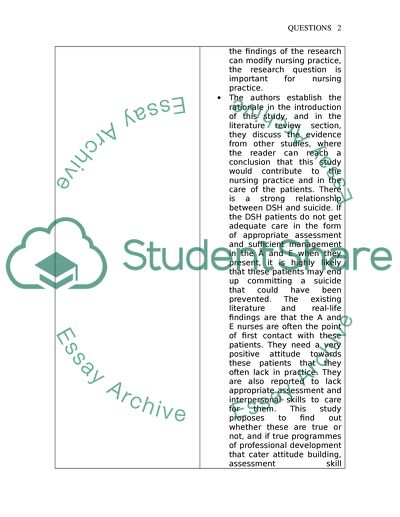Cite this document
(“Nursing: resaerch critique based on three hypotheses Book Report/Review”, n.d.)
Retrieved from https://studentshare.org/miscellaneous/1510679-nursing-resaerch-critique-based-on-three-hypotheses
Retrieved from https://studentshare.org/miscellaneous/1510679-nursing-resaerch-critique-based-on-three-hypotheses
(Nursing: Resaerch Critique Based on Three Hypotheses Book Report/Review)
https://studentshare.org/miscellaneous/1510679-nursing-resaerch-critique-based-on-three-hypotheses.
https://studentshare.org/miscellaneous/1510679-nursing-resaerch-critique-based-on-three-hypotheses.
“Nursing: Resaerch Critique Based on Three Hypotheses Book Report/Review”, n.d. https://studentshare.org/miscellaneous/1510679-nursing-resaerch-critique-based-on-three-hypotheses.


